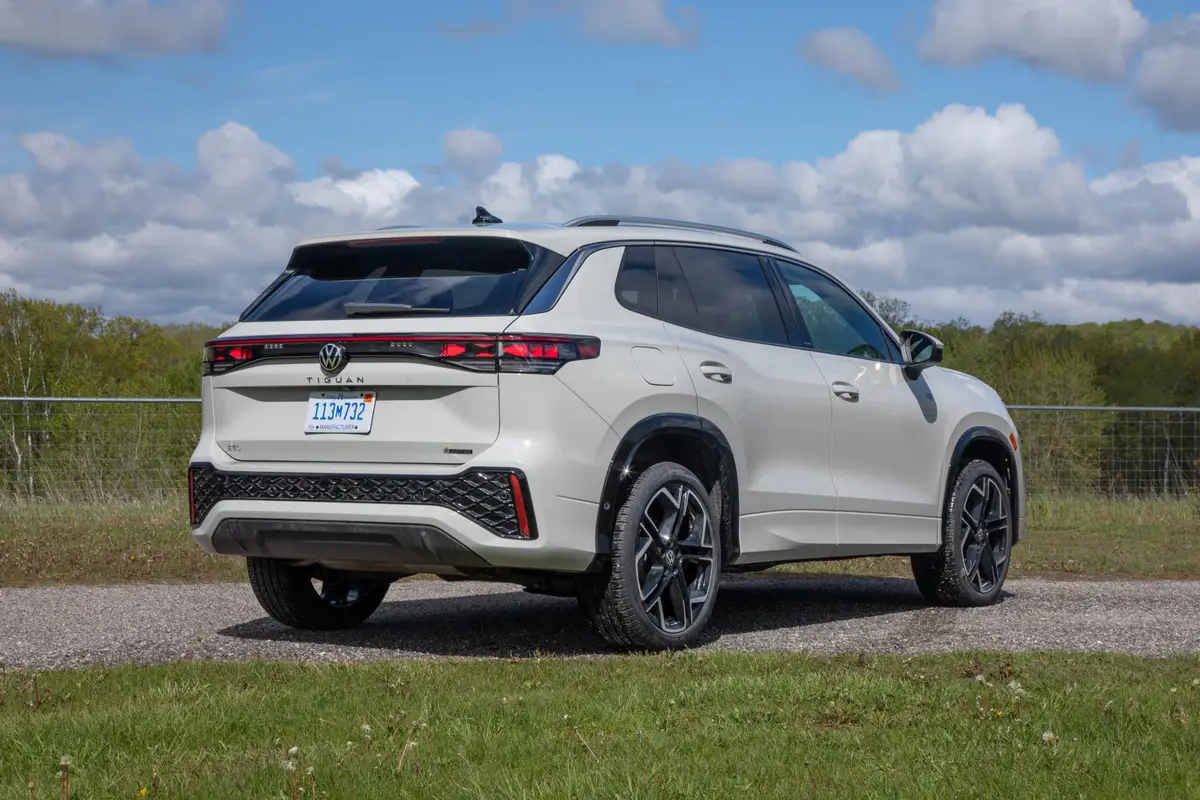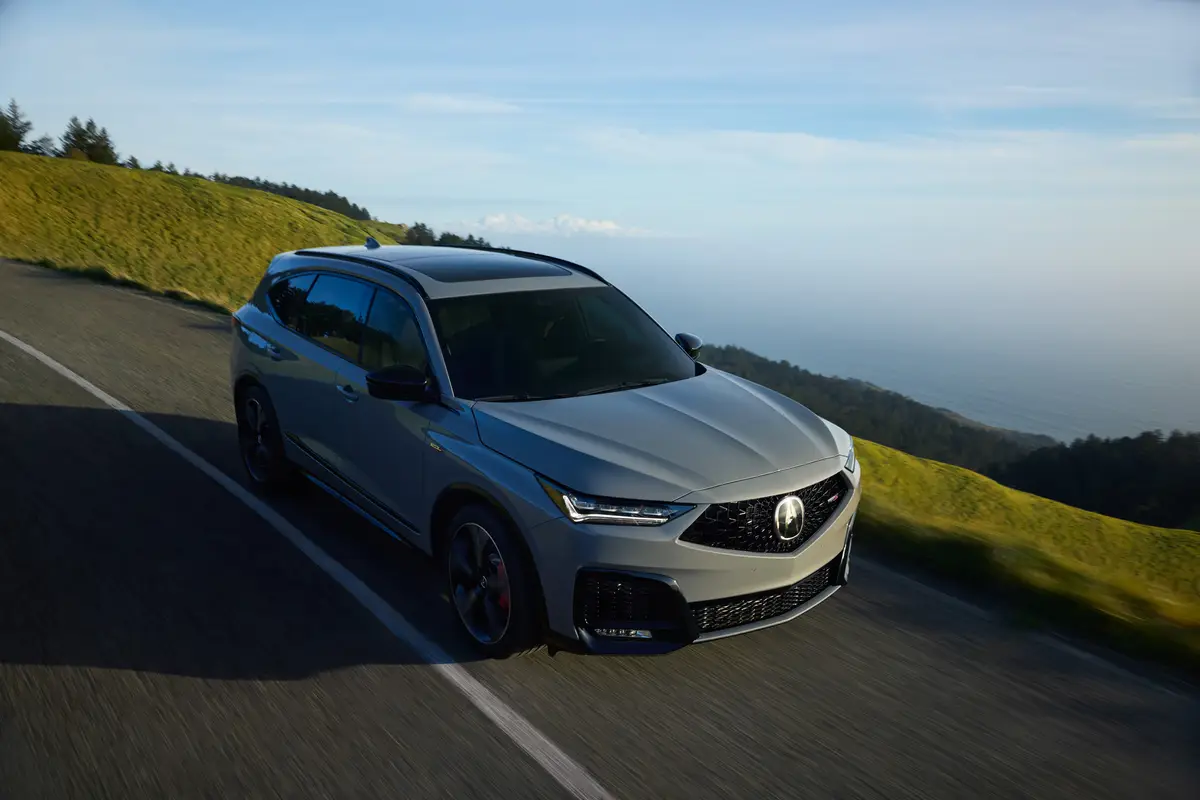washingtonpost.com's view
OKAY, ALL RIGHT. Some of you thought it unfair to compare the 1988Ford Aerostar XLT minivan with the 1988 Chevrolet Caprice station wagon,as I did in a previous column.
You called it a bum rap against General Motors, a company a few ofyou likened to a corporate giant beset by Lilliputians in the media.(Ouch!)
Hey, no hard feelings. You had a point. Forget that minivans andstation wagons often are bought as substitutes for one another. Aminivan is classified as a truck. A station wagon is classified as acar. If you’re gonna do a comparison, put cars with cars and trucks withtrucks — which is why I have acceded to your wishes and asked GM forits 1988 Chevrolet Astro LT minivan.
“LT” stands for “Luxury Touring.” Step inside and see why:deep-velour seats for eight passengers, top-grade carpeting everywhere,front and rear air-conditioner units, and a stereo system that’ll blowyour socks off. If hedonism were a measure of automotive quality, theAstro LT and Aerostar XLT would finish in a dead heat.
But minivans have practical value. Their basic mission is to haullots of people and things — more than you can get in a car, anyway.And it’s here that the bulldog-faced Astro and the rocket-nosed Aerostarreally get into a fight.
When both vans were introduced several years ago, I put my money onthe Aerostar, sucker that I am for styling. But I’m now switching myvote to the Astro LT, which is no sop to GM fanatics. The Astro LTsimply does a better job on the road.
Astro complaints: Poor leg-room for the front-seat passenger, becauseof the engine hump protruding into the front cabin. (The Aerostar has abetter front-cabin design allowing passengers of all sizes to sitcomfortably.)
Also, with its abundance of creature comforts, it seems sort of sillyto have to adjust the Astro LT’s two sideview mirrors by hand. Dualpower mirrors are available as an option. They oughtta be standard.
The Astro has headrests for six passengers, but no head support forpassengers seven and eight, who sit in the center portions of the rearand middle bench seats. That’s goofy. The seven-passenger Aerostar coulduse more headrests, too.
Astro praise: Excellent overall craftsmanship. Kudos to the assemblyline.
Trailering capacity: The Astro LT can handle a gross vehicle weight– the weight of the minivan, its passengers and a trailer — of6,000 lbs. The Aerostar XLT can pull about 5,000 lbs. gvw.
Head-turning quotient: Animal lover’s delight. The Astro’s afour-wheeled bulldog. And the Aerostar? It looks like something from theNational Aeronautics and Space Administration; but it’s no NASA project:It works.
Ride, accceleration, handling: This is where the Astro takes the leadover Aerostar. The test Astro’s acceleration was excellent, thanks toits 4.3-liter, fuel-injected, V-6 engine, rated 160 hp at 4,000 rpm.Absent was the chronic downshifting that plagued the Aerostar XLT’s3-liter V-6. The Astr o and Aerostar had comparable ride feel; but theAstro beat the Aerostar in handling, especially ’round the curves, wherethe Aerostar tended to lose its tail a little.
Astro sound system: Six-speaker AM/FM stereo radio and cassette, withgraphic equalizer, by GM/Delco. Hot boogie! The Aerostar XLT’ssix-speaker Ford/JBL system’s got rhythm, too.
Astro mileage: About 21 to the gallon (27-gallon tank, estimated557-mile range on usable volume), combined city-highway, running withmixed loads (one to eight occupants and some cargo) and with bothair-conditioner units operating at “medium” settings. Aerostar’s mileagewas comparable under similar conditions and loads.
Astro price: Base price is $12,828. Dealer’s invoice price on basemodel is $11,455. Price as tested is $19,495, including $6,202 inoptions and a $465 destination charge. The tested Aerostar XLT came inat around $16,000.
Purse-strings note: Both the Astro and Aerostar can be had at farless than $19,500 — and at several thousand dollars more than that,too. To option or not to option, that is the question.
Model-change note: The 1989 Astro and Aerostar are generallycomparable to their 1988 models. But both GM and Ford will offerstretched versions of these minivans. GM also will offer rear-wheelanti-lock brake systems as standard equipment in its 1989 Astro.
Latest news



